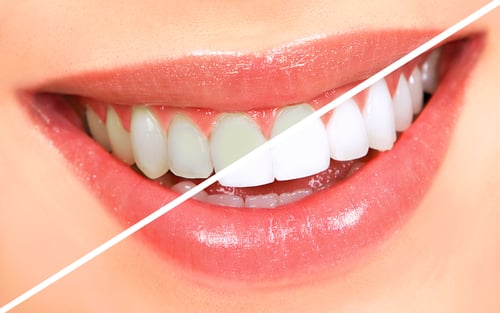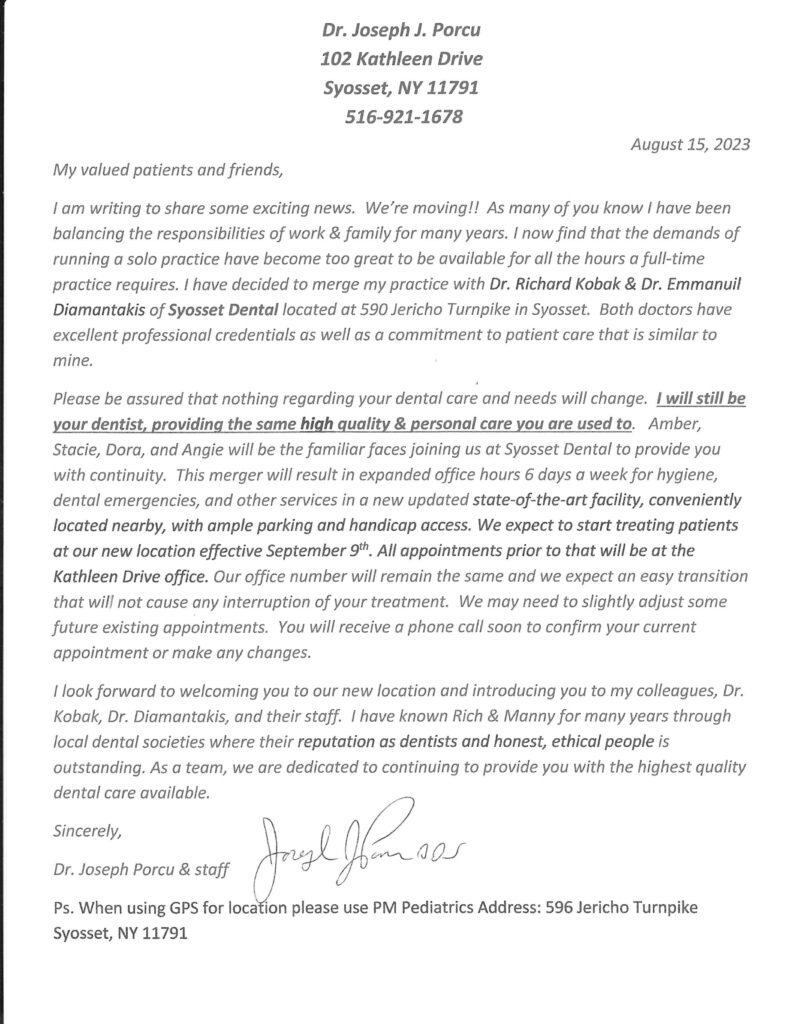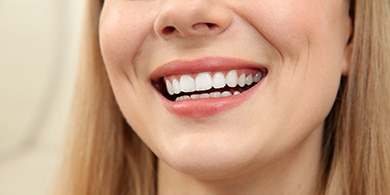 Tooth discoloration can cause you to become embarrassed or ashamed of your smile, keeping you from showing your teeth. Unfortunately, there are many factors that can cause your teeth to become stained. For example, age certainly plays a large role in the color of your teeth because dentin (the white, inner structure of the tooth) naturally yellows over time. However, there are other outside factors that you can actually avoid to prevent your teeth from becoming further stained or discolored – like foods, drinks, tobacco, etc. So, how do these stains occur?
Tooth discoloration can cause you to become embarrassed or ashamed of your smile, keeping you from showing your teeth. Unfortunately, there are many factors that can cause your teeth to become stained. For example, age certainly plays a large role in the color of your teeth because dentin (the white, inner structure of the tooth) naturally yellows over time. However, there are other outside factors that you can actually avoid to prevent your teeth from becoming further stained or discolored – like foods, drinks, tobacco, etc. So, how do these stains occur?
The Different Types Of Stains
There are two different types of stains that occur on your teeth; extrinsic and intrinsic. Just as they sound, extrinsic stains are on the outer layer (the enamel) and intrinsic stains affect the inner structure (dentin).
Extrinsic stains are caused by foods, drinks, and even smoking (or chewing) tobacco. But, on the other hand, intrinsic stains can occur from different medications, exposure to fluoride, or injury (trauma).
How Do You Treat Tooth Discoloration?
Treating extrinsic stains can sometimes be as simple as a thorough professional cleaning. However, that’s not always the case. If you’re suffering from more severe discoloration, your dentist may recommend whitening treatments – such as an in-office procedure with your dentist or custom made take-home trays and whitening gel.
For extremely severe stains, you may benefit from other cosmetic dentistry treatments like porcelain veneers, dental crowns, or tooth bonding. Teeth whitening doesn’t typically work for intrinsic or deep stains – but these options can cover the discoloration as they’re placed over your natural teeth.
The bottom line is; you shouldn’t feel embarrassed or ashamed of your smile. If you’re struggling to keep your smile bright due to tooth discoloration, don’t wait to contact your dentist!











